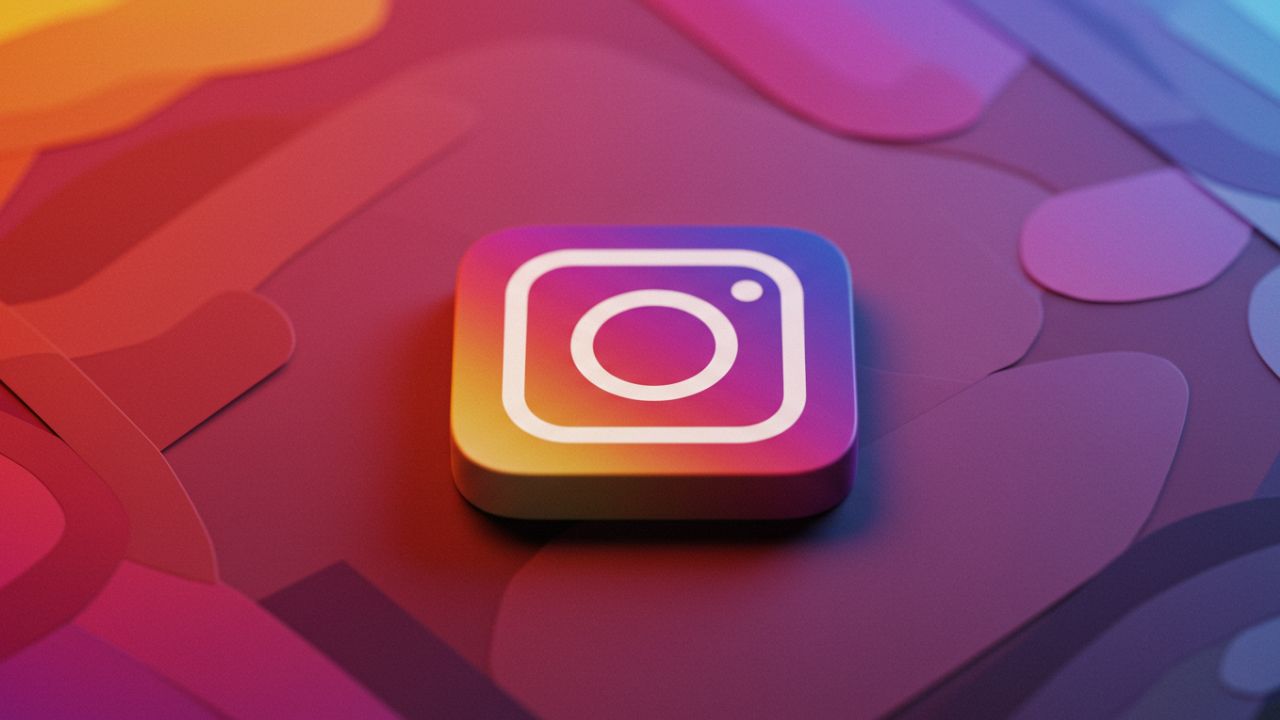The battle between Instagram and TikTok for social media dominance has reshaped digital marketing, content creation, and online engagement. As both platforms evolve, creators and brands face a critical question: Which platform will offer the best growth opportunities in 2025? This article dives into the strengths, weaknesses, and future trajectories of Instagram and TikTok, analyzing factors like user demographics, algorithms, monetization, and emerging technologies to predict which platform will reign supreme for growth in 2025.
1. The Evolution of Instagram and TikTok
Instagram’s Journey: Launched in 2010 as a photo-sharing app, Instagram has transformed under Meta’s ownership. Key milestones include Stories (2016), IGTV (2018), Reels (2020), and shopping integrations. By 2023, Instagram’s pivot to video and AI-driven recommendations solidified its position as a hybrid platform for photos, videos, and commerce.
TikTok’s Meteoric Rise: TikTok emerged in 2016 (via ByteDance’s acquisition of Musical.ly) and exploded globally with its short-form, algorithmically curated videos. By 2023, TikTok dominated Gen Z screens, introducing features like LIVE gifts, TikTok Shop, and Creator Funds.
2025 Projections:
- Instagram will likely deepen Meta ecosystem integration (e.g., cross-posting to Facebook, WhatsApp).
- TikTok may expand into long-form content and AI-driven creator tools to retain users.
2. User Demographics and Audience Behavior in 2025
Current Demographics:
- Instagram: 1.4 billion users; strongest among millennials (25–34), with growing Gen Z adoption via Reels.
- TikTok: 1.7 billion users; 60% aged 16–24, though older demographics are rising.
2025 Trends:
- TikTok’s Aging User Base: As early Gen Z adopters mature, TikTok’s audience will diversify, mirroring Instagram’s broad demographics.
- Instagram’s Gen Z Play: Meta’s investments in Reels and AR filters aim to reclaim younger users.
- Regional Shifts: TikTok’s growth in Asia (e.g., India, Southeast Asia) contrasts with Instagram’s strength in North America and Europe. Regulatory bans could limit TikTok’s reach in some markets.
Key Insight: TikTok’s audience will remain trend-driven and highly engaged, while Instagram offers broader demographic reach but risks aging out without Gen Z reinvestment.
3. Content Strategy: What Works on Each Platform
Instagram in 2025:
- Hybrid Content: Photos, carousels, Stories, and Reels coexist. High-quality visuals and cohesive branding thrive.
- Commerce Integration: Shoppable posts, AR try-ons, and in-app checkout cater to brands.
- Niche Communities: Micro-influencers dominate sectors like fashion, travel, and lifestyle.
TikTok in 2025:
- Viral Short-Form Video: Authentic, raw content outperforms polished videos. Challenges, trends, and humor rule.
- Educational Content: “EduTok” (tutorials, life hacks) grows as users seek quick, actionable insights.
- AI-Driven Creativity: TikTok may offer AI tools for scriptwriting, effects, and voiceovers, lowering entry barriers for creators.
Comparison:
- Discovery: TikTok’s “For You Page” (FYP) favors new creators; Instagram’s algorithm prioritizes accounts with existing engagement.
- Content Lifespan: TikTok trends fade faster; Instagram posts gain traction over time via Explore and hashtags.
4. Algorithm Showdown: How Content is Discovered
Instagram’s Algorithm (2025):
- Prioritizes Reels, rewarding watch time and shares.
- Favors accounts with loyal followings; hashtags and geotags remain critical.
- AI may personalize feeds based on shopping behavior and Meta data.
TikTok’s Algorithm (2025):
- Hyper-personalized FYP powered by AI; even new creators can go viral.
- “Content Value” scoring (watch time, shares, replay rate) determines reach.
- Potential integration of VR/AR elements for immersive trends.
Growth Edge: TikTok’s algorithm offers faster virality, while Instagram demands consistency and cross-platform synergy.
5. Monetization Opportunities: Where Can Creators Earn More?
Instagram’s 2025 Monetization:
- Brand Partnerships: Higher CPMs for Reels ads; influencers leverage shoppable tags.
- Subscriptions: Exclusive content for paying followers.
- Meta Ecosystem: Cross-promotion to Facebook groups and WhatsApp channels.
TikTok’s 2025 Monetization:
- Creator Fund 2.0: Larger payouts based on video performance.
- TikTok Shop: Affiliate marketing and in-app sales commissions.
- LIVE Monetization: Virtual gifts and tipping during streams.
Comparison: Instagram offers diversified revenue streams (ads, shopping, subscriptions), while TikTok focuses on viral monetization (LIVE gifts, Creator Fund).
6. Technological Innovations Shaping the Future
Instagram’s Tech Edge:
- Metaverse Integration: AR filters and virtual spaces via Meta’s Horizon Worlds.
- AI Tools: Advanced analytics and automated content optimization.
TikTok’s Tech Edge:
- AI-Powered Creation: Generative AI for video editing, music, and effects.
- Global E-Commerce: Expansion of TikTok Shop with localized logistics.
Wildcard: TikTok’s potential breakthroughs in AI content generation could democratize high-quality production.
7. Regulatory and Privacy Considerations
TikTok’s Challenges:
- Scrutiny over data privacy and China ties may lead to bans in Western markets.
- Compliance with local laws (e.g., EU’s DMA) could limit algorithmic advantages.
Instagram’s Challenges:
- Meta’s antitrust battles and ad-tracking restrictions (e.g., iOS updates) may hinder targeting.
2025 Outlook: TikTok’s growth faces geopolitical risks, while Instagram’s Meta-backed infrastructure provides stability.
8. Case Studies: Success Stories and Lessons Learned
Instagram 2025 Success:
- @EcoFashionHub: Grew 500k followers via Reels tutorials and shoppable thrift finds.
- @FitJourney: Monetized through subscription workout plans and brand collabs.
TikTok 2025 Success:
- @DIYDad: Viral home hack videos earned $50k/month via TikTok Shop affiliates.
- @PlantTok: Used AI green-screen effects to reach 2M followers in 6 months.
Lesson: Align content with platform strengths—aesthetic branding on Instagram, trend-jacking on TikTok.
9. Conclusion: Which Platform Should You Choose?
For Viral Growth and Gen Z Engagement: TikTok
- Pros: Algorithmic virality, lower entry barriers, booming e-commerce.
- Cons: Regulatory risks, fleeting trends.
For Brand Building and Diversified Revenue: Instagram
- Pros: Meta ecosystem integration, longer content lifespan, shopping tools.
- Cons: Steeper competition, slower follower growth.
Final Verdict:
- TikTok is better for creators prioritizing rapid growth, viral content, and younger audiences.
- Instagram suits established brands and creators seeking monetization depth and demographic breadth.
In 2025, a dual-platform strategy may be ideal, but TikTok’s innovation and algorithmic edge give it a slight advantage for explosive growth.

Leave a Reply